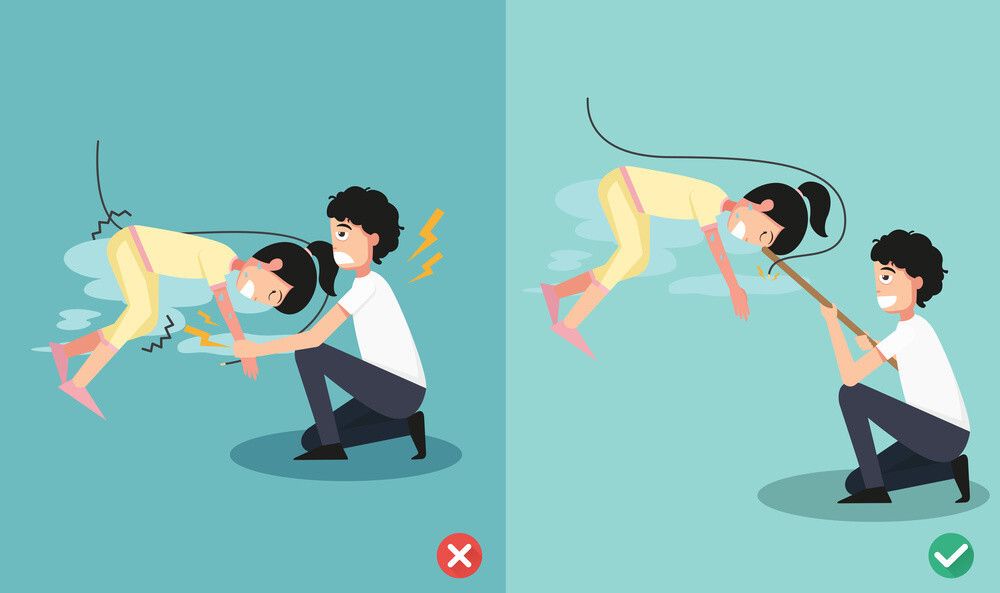Electricity Shock First Aid and Treatment
An electric shock is when an electrical current travels from an outlet or wire into the human body. Usually, this can cause some serious damage to the organs, tissue and other components of the human body when not treated right.
In this post, we’ll be sharing how you can properly treat an electrical shock, the effects, along with the difference between shock and electrocution.
What are the effects of an electric shock on the human body?
When a person is experiencing electric shock, they might show any of the following symptoms; muscle spasms or jerks, seizures, burns, loss of consciousness or numbness.
In the long term, the burns might lead to permanent scars, cataracts, muscle weakness, paralysis etc. These are some of the effects of electric shock
The difference between electricity shock and electrocution
While people usually interchange these two terms, the difference between electricity shock and electrocution is death.
With an electricity shock, the victim suffers from an electricity accident that causes either a minor or a major injury which will not lead to death.
However, with electrocution, the victim suffers an electric shock that leads to death. This is why you should always stay electricity safe by all means.
Electricity shock treatment
The response time and resolution for electrical shock usually determines how severe the effects will be.
If you experienced a shock;
- Leave the scene of the electrical shock immediately by letting go of the electric source as soon as you can.
- Visit a hospital immediately. This is to check for any internal or external injuries.
What to do when someone experiences an electric shock
If someone around you experiences an electrical shock, here are some steps to take

- Don’t touch them while they are still in contact with the electrical source. It’ll travel down to you and that means you’ll get shocked too.
- Disconnect the person from the electrical source by turning it off. If you can’t turn it off, separate the person from the source by using a non-conducting object. An example is a dry wood or rubber.
- Ensure the person is still breathing fine by checking their pulse.
- Immediately take the person to the hospital for further tests and checkup
When you see a doctor, they might give you a tetanus shot, pain medications, some antibiotics, fluids and some burn treatments. There’ll also be a number of tests to ascertain the degree of the shock. Depending on the severity, you may be asked to stay in for further observations.
We hope this article has been helpful. Do share this with your friends and family using the social media icons on this post.
P.S: To share your thoughts with us, sign up for a free Disqus account. We'd love to hear from you in the comments section.
Did you find this post helpful? Sign up here and we'll let you know whenever we publish a new one.



